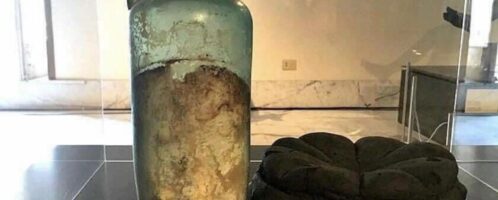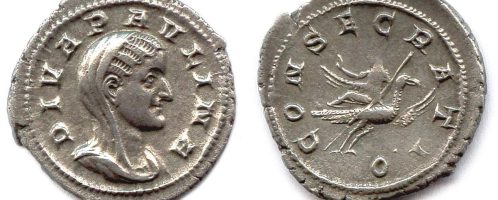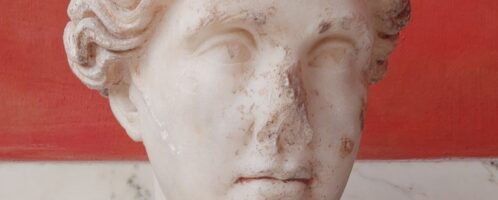Atia the Elder – mother of first emperor of Rome
Atia the Elder, known primarily as the mother of Octavian Augustus, the first emperor of Rome. Born in 85 BCE as the daughter of Marcus Atius Balbus and Julia the Younger, sister of Julius Caesar, Atia was part of one of Rome’s most influential families. Her life is an example of a typical woman of that time, focused on taking care of the home, devoted to her family and trying to take care of her children’s development.










